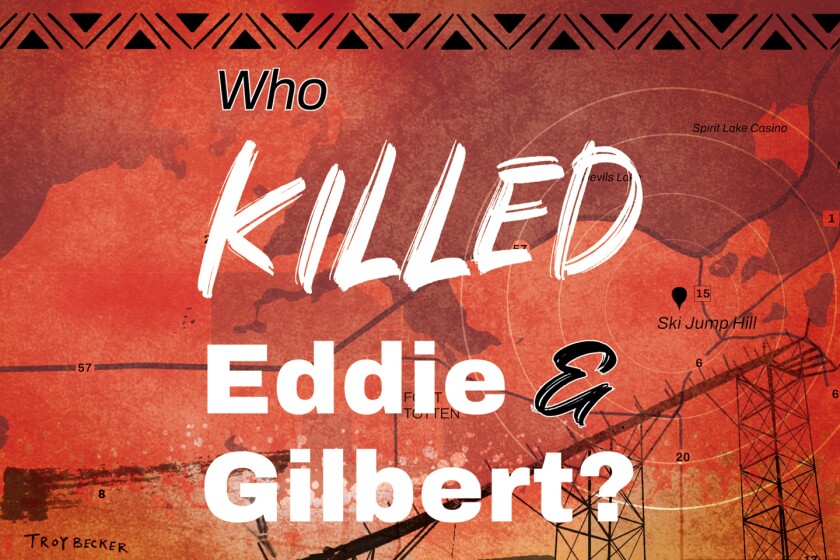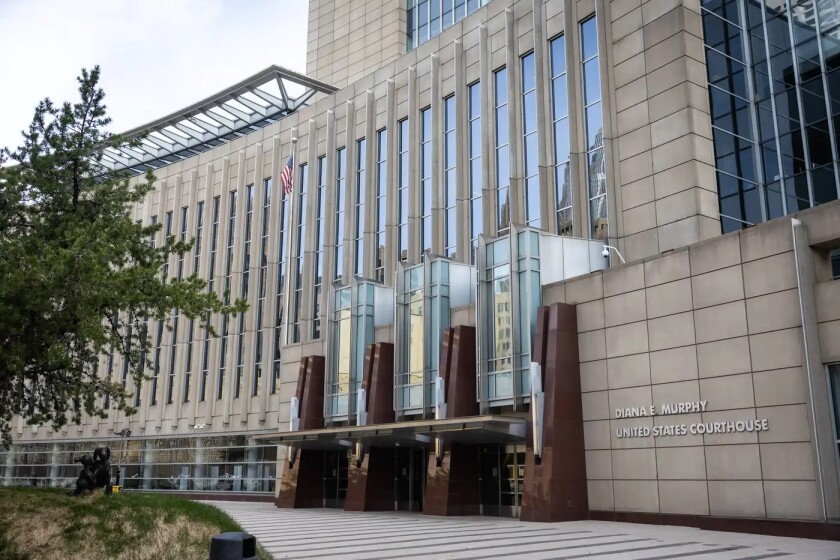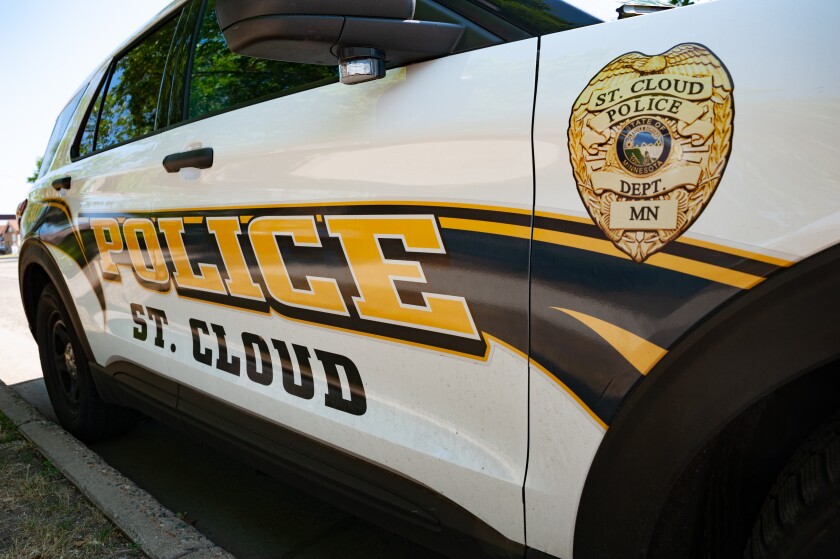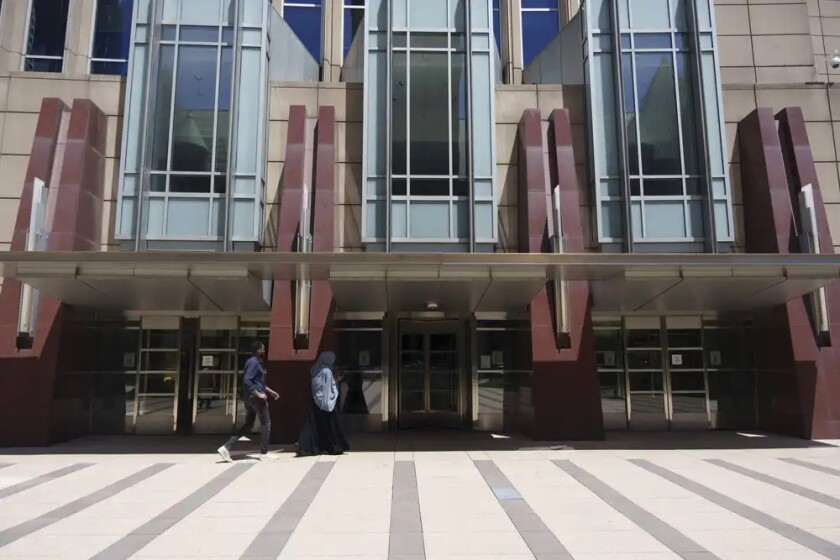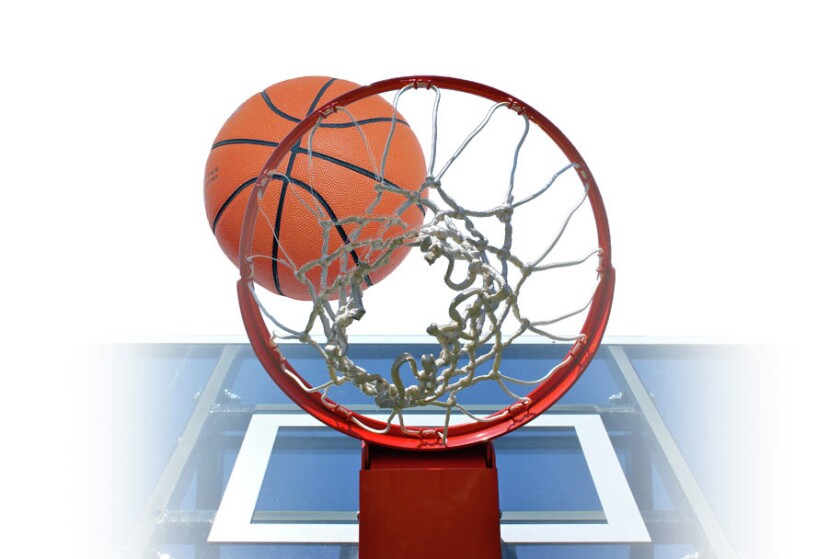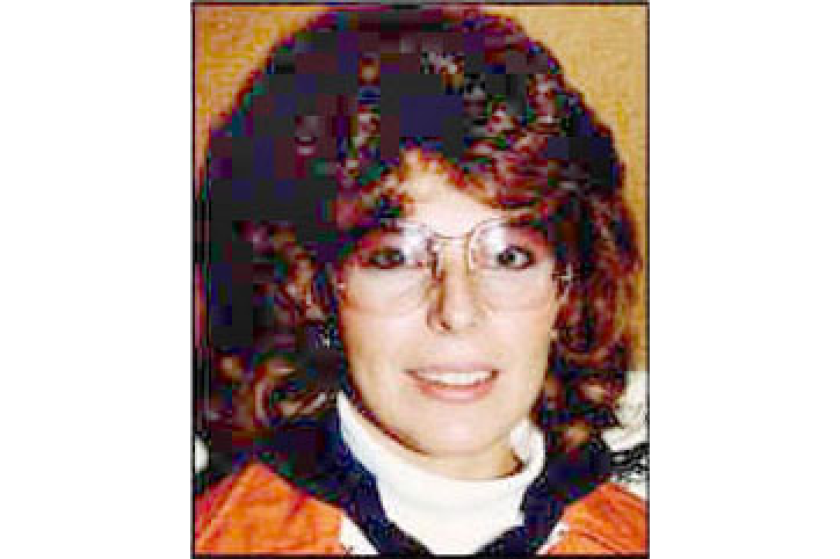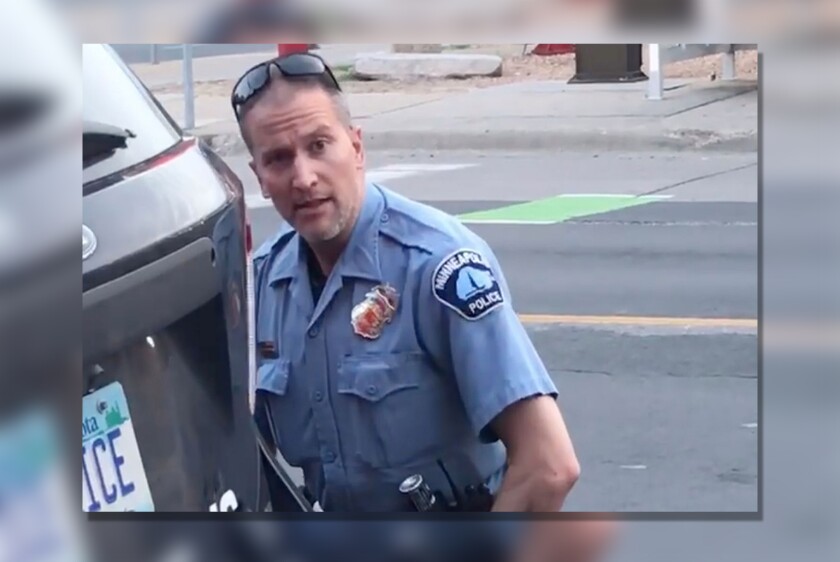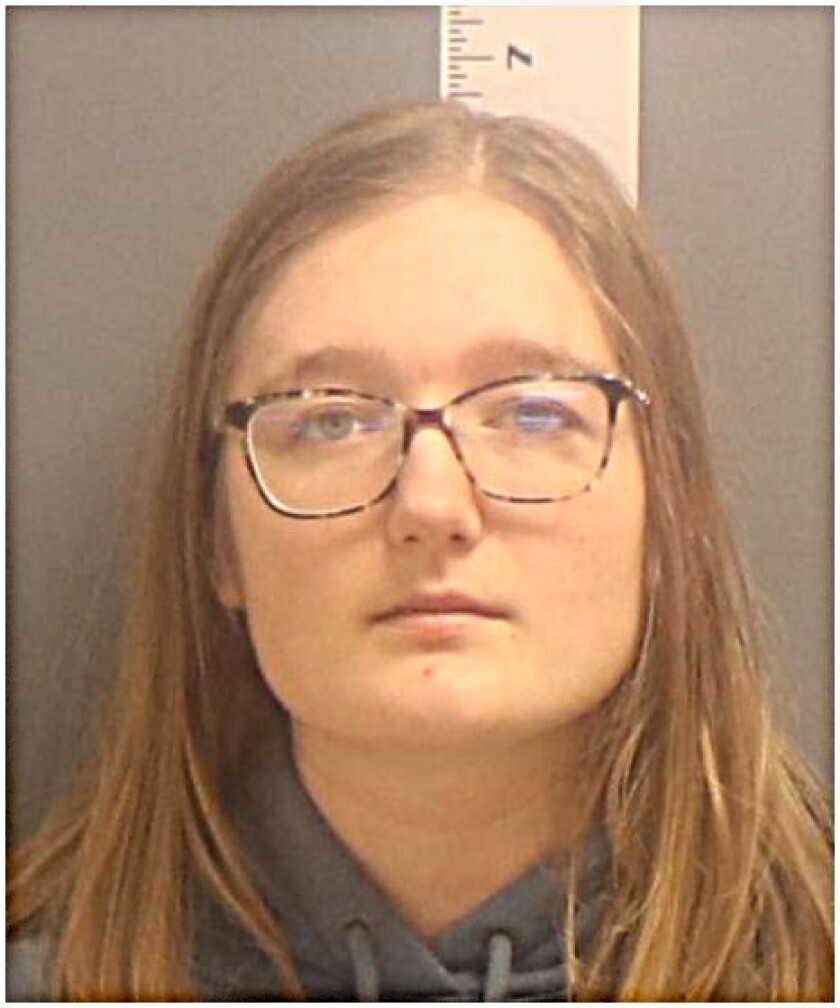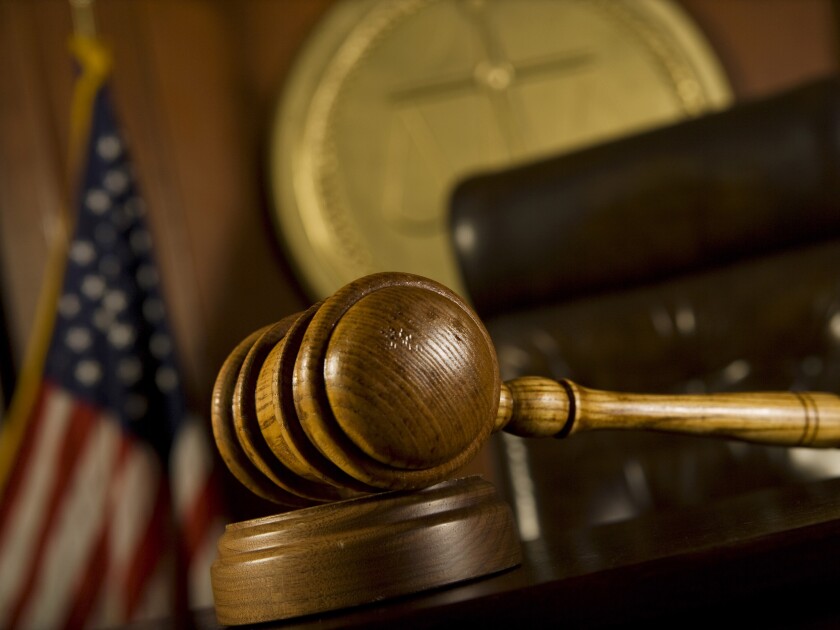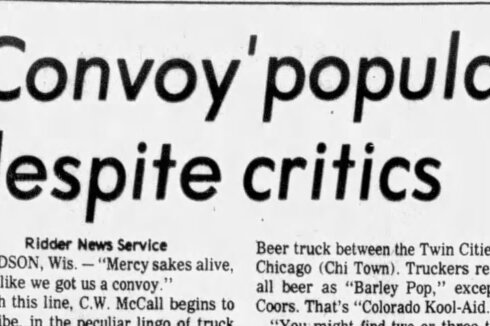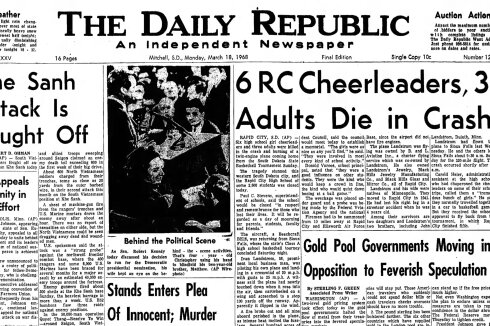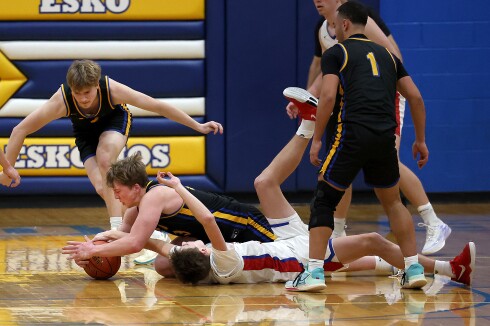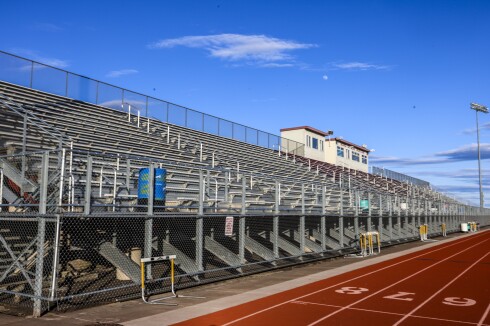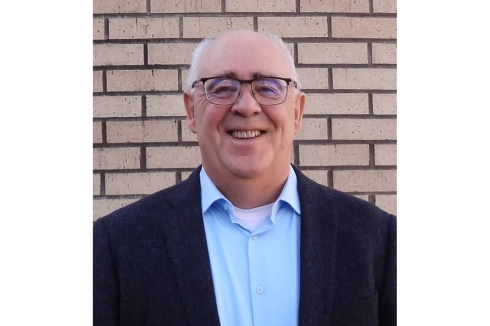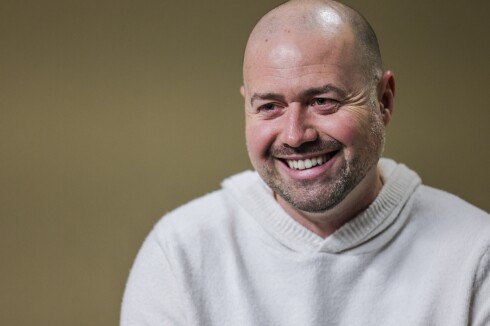DEVILS LAKE, N.D. — Defense lawyers argue that a conviction for a 1986 murder should be dismissed because prosecutors were “hell-bent” on winning a conviction and suppressed important witness statements that pointed to the defendant’s innocence.
The petition on behalf of Werner Kunkel also produced new forensic evidence from pathologists — including the doctor who performed the autopsy of the murder victim — that also contradicts information presented to the jury.
ADVERTISEMENT
Both the suppressed witness statements and the new forensic evidence establish that the victim, Gilbert Fassett, was alive after Aug. 1, 1986 — when Kunkel and Fassett were seen drinking together and the date prosecutors argued was when Fassett was murdered, lawyers argue in court papers.
“The state was acutely aware of this fact,” said the brief for Kunkel, filed by the Great North Innocence Project. “Newly discovered evidence shows the state was also acutely aware that there existed compelling evidence that Fassett was still alive” days after Aug. 1, 1986.
On Aug. 10, 1986, berry pickers discovered Fassett’s body, which investigators said was stabbed more than 100 times, in a brushy, wooded area on Ski Jump Hill, a landmark near Fort Totten on Spirit Lake Nation.
The Forum wrote about controversies involving Kunkel’s conviction — which lacked physical evidence tying Kunkel to the murder and largely relied on jailhouse snitches — in a July 2024 special series titled, “Who Killed Eddie and Gilbert?"
Prosecutors were “Hell-bent on securing Kunkel’s conviction” and suppressed evidence from three independent witnesses who had reported to law enforcement officers seeing Fassett after Kunkel “supposedly killed him,” the petition said.
“Documentation of these reports sat in the prosecution’s files for more than three decades until the defense discovered them among documents disclosed in January 2023,” the defense said in the petition, filed in Ramsey County District Court on Friday, Jan. 10.
“In the interim, the state continued to successfully oppose Werner’s efforts to get a new trial, always repeating the mantra that no one saw Gilbert Fassett alive after the night of August 1st,” the defense said in the petition.
ADVERTISEMENT
The defense argues that the suppressed evidence, obtained 28 years after Kunkel’s trial through a discovery request for documents, violated Kunkel’s right to a fair trial and that prosecutors violated their legal disclosure obligations under a landmark 1963 Supreme Court case.
That case, Brady v. Maryland, requires prosecutors to provide evidence to the defense that supports the defendant’s innocence. Failure to disclose the information can be grounds for prosecutorial misconduct.
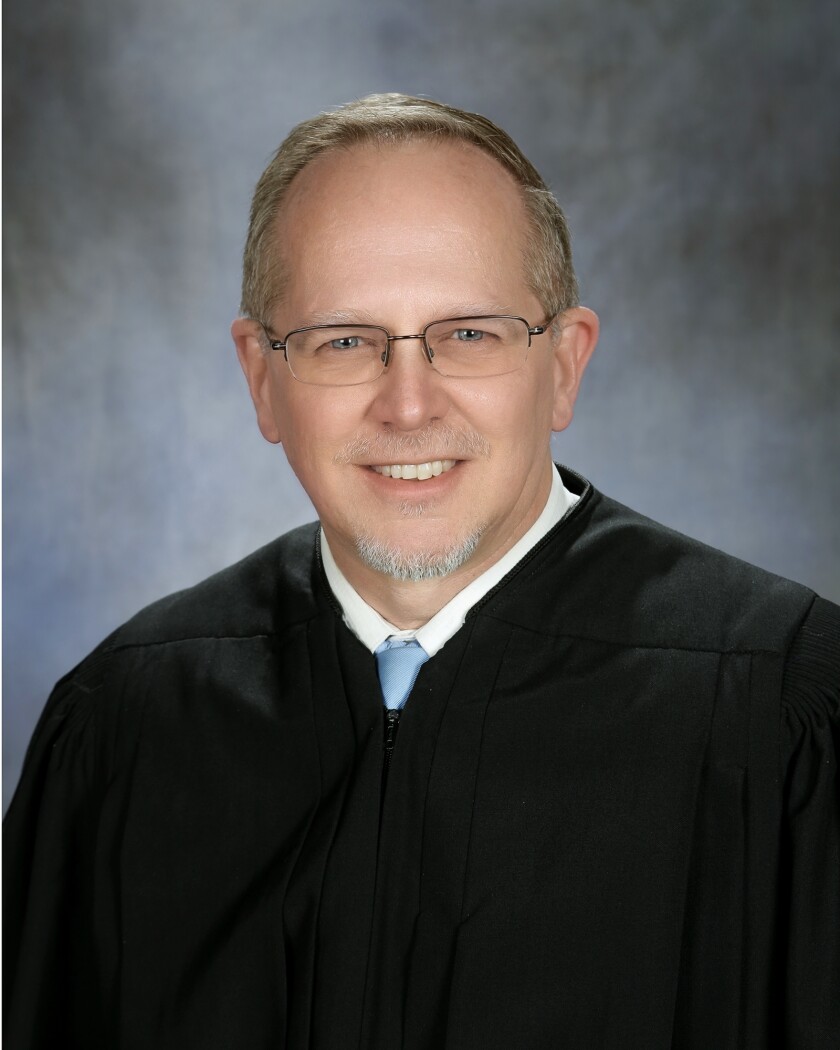
Lonnie Olson was the Ramsey County state’s attorney who prosecuted Kunkel, who after the trial changed his last name to Rummer. Olson, now a state district judge, did not respond to The Forum’s request for comment on the allegation that he suppressed evidence.
Beau Cummings, the current Ramsey County state’s attorney, said he could not comment on events that happened almost 30 years ago.
“I can say that any allegation that the State’s Attorney’s Office has violated Brady mandates or committed other misconduct are taken extremely seriously and will be investigated internally,” he said in a statement.
”I think it’s also worth noting that incarcerated Defendants often allege discovery issues and Brady violations, and upon review by the Court, they are rarely found to be substantiated,” Cummings said.
James Mayer, a lawyer with the Great North Innocence Project who represents Kunkel, said the prosecutors clearly are obligated to turn over exculpatory evidence. “It doesn’t matter whether the prosecutor acted in bad faith,” he said. “It has to go to the defense or the trial isn’t fair.”
ADVERTISEMENT
Defense lawyers also presented new forensic evidence they argue establishes that Fassett was alive after the night of Aug. 1.
Two forensic pathologists — including the medical examiner who performed Fassett’s autopsy — found that an examination of Fassett’s liver found that he did not have a detectable amount of alcohol in his system at the time of his death.
According to the prosecution’s theory of the case, bolstered by trial witness testimony, Fassett was “highly intoxicated” the night Kunkel “supposedly killed him,” Mayer and defense lawyer Dane DeKrey, of Moorhead, wrote in their brief.
In addition, the prosecution allowed untested crime scene evidence — including a bloody shirt Fassett wore — to be “lost or intentionally destroyed, thus preventing testing and analysis that could reveal the identity of the true perpetrator,” the lawyers wrote.
The suppression of evidence, newly discovered evidence and failure to test Fassett’s bloody shirt for any DNA from his assailant deprived Kunkel of his right to a fair trial, his lawyers argue.
“As a result, his conviction lacks any integrity and in the interest of justice must be set aside,” they wrote.
Timeline in doubt
New evidence the defense got from inspecting prosecution files included statements from those who claimed they saw Fassett after Aug. 1, 1986. The statements were not provided to the defense before Kunkel’s trial, according to the petition.
ADVERTISEMENT
“The state long knew that there was a problem with its timeline,” the defense lawyers wrote.
Prosecutors did provide the defense with statements of two witnesses who initially said they saw Fassett at a bar on Aug. 6 — both of which later were “corrected” after contacts with police after giving their original statements.
Karen Azure, an employee of Mel’s Corner Bar in Devils Lake, said she saw Fassett at the tavern when her shift started at 6 p.m. on Aug. 6. Two days later, Tim Rolland, another bar employee, also said he saw Fassett in the tavern the afternoon of Aug. 6. The two men threw dice to decide who would buy beers.
Several days later, police procured “corrected” versions of the statements; both Azure and Rolland said in modified statements that they instead saw Fassett on Aug. 1.
At trial, Rolland was asked why he changed his statement from Aug. 6 to Aug. 1. “Because they wanted me to, I guess,” he replied, according to the trial transcript.
Azure testified at Kunkel’s trial that she could not remember if she had told the officers the date was wrong or if police had requested the alteration.
But prosecutors failed to disclose to the defense a statement from a third witness at Mel’s Corner Bar. Mel Brodell, the bar’s owner, also reported seeing Fassett in his bar on Aug. 6, according to documents filed by the defense.
ADVERTISEMENT
Also, according to a note summarizing a message left with a North Dakota Bureau of Criminal Investigation agent, an employee at another Devils Lake bar, the Sportsman's Den, said Fassett had won money at Mel’s Corner Bar on Aug. 6 and was seen “heading south with five others to a party.”
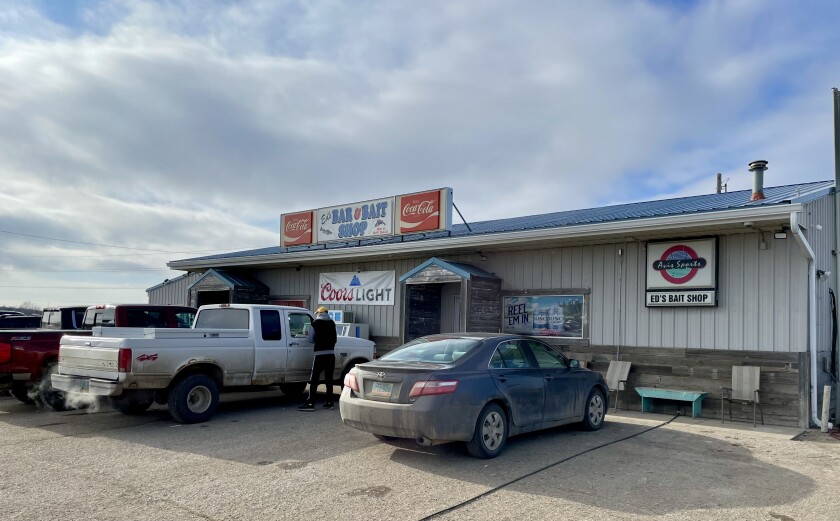
This was not “merely initial confusion over a date,” as prosecutors claimed happened with Azure and Rolland, the defense lawyers wrote.
Kelly Bednardz testified that he removed Fassett from the Sportsman’s Bar that night because of drunken, disruptive behavior.
“Bednardz is describing a completely different occurrence from what he described at trial,” with a different date, location and event, they wrote.
“If, as Bednardz reports, Fassett was at Mel’s and then a party on August 6, 1986, then Werner Kunkel is innocent of the murder of Gilbert Fassett," Mayer and DeKrey wrote.
The defense also presented recently discovered documents that were not available to Kunkel before his trial indicating that yet another witness saw Fassett alive after Aug. 1, 1986.
ADVERTISEMENT
Byron Anderson, a member of the North Dakota National Guard, gave a statement to investigators about time he spent with Fassett and Fassett’s girlfriend, Betty Lou “Doll” Whitehead, “at the very moment that Werner, having supposedly already killed Fassett,” was being pulled over by a state trooper for a traffic stop, according to Kunkel’s petition.
Anderson said that, while driving around Devils Lake “a little after 1:00 a.m.” on Aug. 2, he saw Fassett and “a girl that had Doll written on her belt.” He gave them a ride to a friend’s house, according to his statement.
Fassett, who was carrying a bottle in a paper sack, had come from the direction of the Corner Bar, Anderson said in his statement, filed with Kunkel’s petition.
Anderson recalled the encounter because he had to pack to prepare to leave for Guard training in Alabama and was running late. He was due at Camp Grafton at 4 a.m. Aug. 2 to catch a flight departing from Grand Forks for Alabama, he said in his statement to investigators.
After taking this statement, Peter Belgarde, who was a Devils Lake police officer, tried to get Anderson to “fix” the timing problem, Kunkel’s lawyers wrote in the petition. In a follow-up statement provided three months later, Anderson said he was “not so sure of the time he gave Gilbert Fassett a ride,” and that he had given Fassett a ride several times.
“Mr. Anderson states that he now does not believe he gave Gilbert Fassett and Betty Whitehead a ride during the early morning hours of August 2nd …,” Belgarde wrote in his report of the follow-up interview.
Searching for corroboration of Anderson’s statement, investigators obtained military records that confirmed Anderson’s initial statement. Anderson was one of 18 National Guard members listed as having to report on Aug. 2 for annual training in Alabama, according to a document filed with Kunkel’s petition.
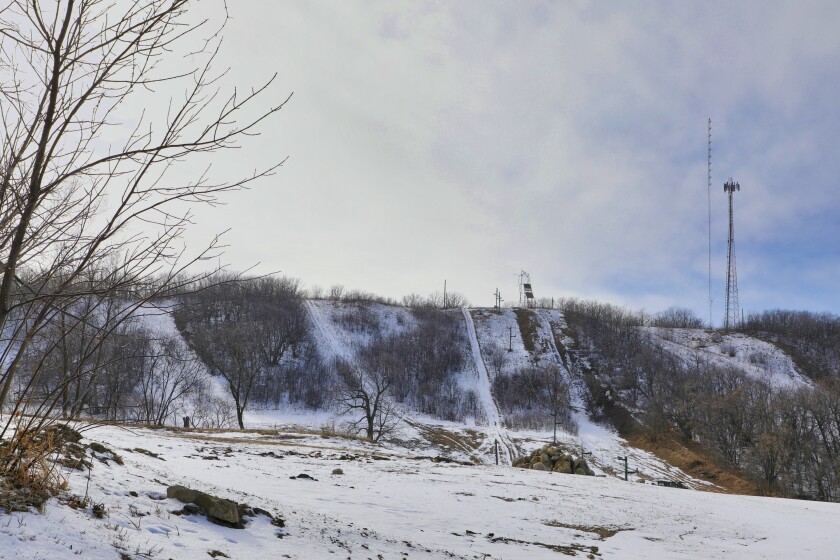
Prosecutors suppressed Anderson’s initial statement, his revised statement and the military records confirming the accuracy of his original statement, Mayer and DeKrey wrote.
“The defense was again deprived of the opportunity to call Anderson as a witness and to further investigate this issue,” they wrote. Anderson’s report also would have allowed the defense to more effectively question Whitehead.
“The highest and strongest pieces of evidence we have were multiple witnesses who say they saw this man after he had supposedly died,” DeKrey said. “This is definitely a wrongful conviction. If someone takes the time to read this document, it speaks for itself.”
By suppressing important evidence, prosecutors “significantly hampered the defense’s ability to challenge the very foundation of the state’s case — that Fassett was last seen alive on August 1, 1986, in the company of Werner Kunkel.”
At Kunkel’s trial, prosecution witnesses said Fassett had spent the day and evening of Aug. 1 drinking at two bars and described him as “drunk” and “obviously intoxicated.”
But the medical examiner in the case, Dr. Roel Gallo, testified that Fassett’ liver specimen tested negative for alcohol. Questioning by prosecutors left jurors with the impression that the liver toxicity evaluation was “invalid and meaningless” because decomposition prevented Gallo from identifying which part of the liver the sample had been taken.
In a recent statement to defense lawyers, however, Gallo said that he is confident the tested tissue came from Fassett’s liver. He added that, if asked during the trial, he would have explained that it does not matter which part of the liver was used.
“Any part of the liver should yield the same results with regard to the presence or absence of alcohol,” Gallo said in his statement.
Gallo, who is now retired, had a 30-plus-year career in anatomic and clinical pathology, not forensic pathology. The defense also consulted Dr. Lindsey Thomas, who has 36 years of forensic pathology experience and performed more than 5,000 autopsies.
After reviewing the autopsy report and Gallo’s statement, Thomas agreed with Gallo’s conclusion that, “even if the body was decomposing for several days or weeks, the liver toxicology evaluation would still reflect the presence of alcohol.”
The new medical evidence “further undermines the foundation for the State’s case — that Werner killed an intoxicated Fassett on the night of August 1, (1986),” the petition said. “If Drs. Gallo and Thomas are correct, then Werner Kunkel is innocent of the murder of Gilbert Fassett.”



